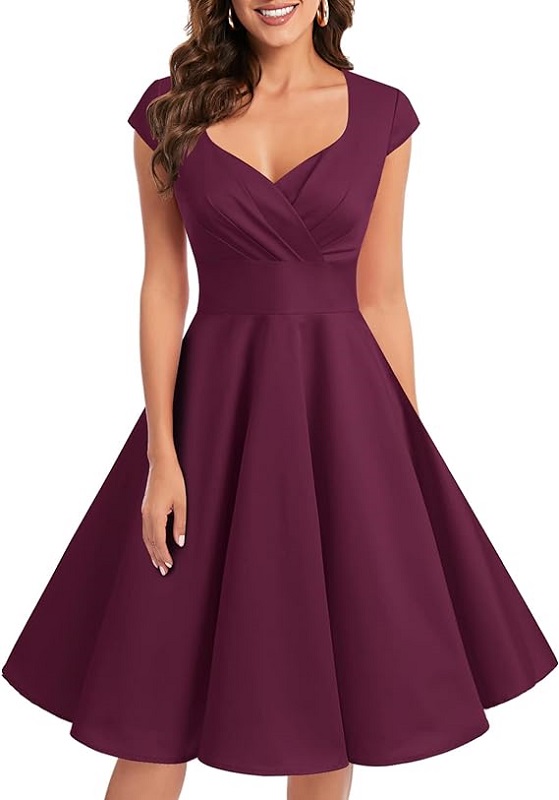Empire waist dresses have become a global forge trend with significant cultural influences. Originating from the Regency era in Europe, these dresses have made their way into the fashion scenes of various countries around the world. This essay will research the cultural influences and global phenomenon surrounding undefined waist dresses, focusing on their front in different countries, their adaptation to local fashion trends, their representation of perceptiveness identities, their use in cross-cultural exchange, and their contribution to a global sense of style.

In This Article
Presence in Different Countries
Empire waistline dresses have gained popularity in many countries across the globe. From Europe to Asia, the Americas to Africa, these dresses have become a staple fibre in fashion-conscious communities. In France, empire waist dresses are joint with elegance and sophistication, while in India, they are much incorporated into traditional attire like the Anarkali dress. The joined States, Brazil, and Nihon have also embraced empire waistline dresses, showcasing their global invoke and versatility.
Adaptation to Local Fashion Trends
While empire waistline dresses have a distinct silhouette, they have been altered to suit local fashion trends in unusual countries. In Japan, for example, undefined waist dresses are known for their vibrant prints and colors, reflecting the country’s love for bold and playful fashion. On the other hand, in countries like Italy and Spain, empire waist dresses may feature more pure and understated designs, aligning with the countries’ vehemence on sophisticated and classic styles. This adaptability ensures that empire waist dresses remain relevant and appealing to different cultures.
Representation of Cultural Identities
Empire waist dresses serve as a substance of representing cultural identities around the world. In countries like Nigeria and Ghana, these dresses are much successful from traditional African fabrics so much as Ankara or Kente, showcasing the rich people cultural heritage of these nations. Similarly, in countries like Taiwan and Korea, undefined waist dresses may incorporate traditional elements such as mandarin orange collars or hanbok-inspired designs, profitable homage to their respective cultures. By infusing cultural influences into undefined waist dresses, individuals can verbalize their heritage and celebrate their perceptiveness identities.
Role in Cross-Cultural Exchange
Empire waist dresses play a considerable purpose in cross-cultural exchange, demonstrating the planetary mold of fashion. As these dresses trip from one res publica to another, they bring along cultural nuances and design elements unusual to apiece region. Through cross-cultural exchange, empire waistline dresses inspire freshly forge trends and styles, fostering creativity and innovation. This exchange of ideas and influences in the earth of fashion contributes to a greater understanding and appreciation of diverse cultures.
Contribution to a Global Sense of Style
Empire waistline dresses have contributed to the undefined of a global sense of style. As different cultures embrace these dresses and incorporate them into their fashion repertoire, a undefined fashion undefined emerges. Empire waist dresses have turn a symbol of global fashion, transcending cultural boundaries and consolidative individuals through and through their divided love for style and self-expression. They remind us that fashion has the world power to connect people from unusual backgrounds and foster a feel of unity and appreciation for diverse aesthetics.
Empire waist dresses have become a global fashion phenomenon with their cultural influences and widespread presence. As they adapt to local anesthetic fashion trends, symbolise cultural identities, facilitate cross-cultural exchange, and contribute to a global feel of style, these dresses showcase the transformative great power of fashion. undefined waist dresses serve as a reflection of our diverse world, bringing people collectively and celebrating the beauty of different cultures.